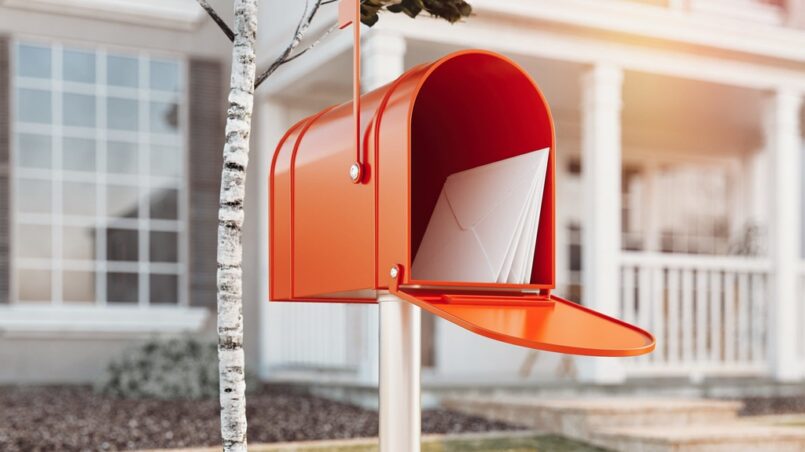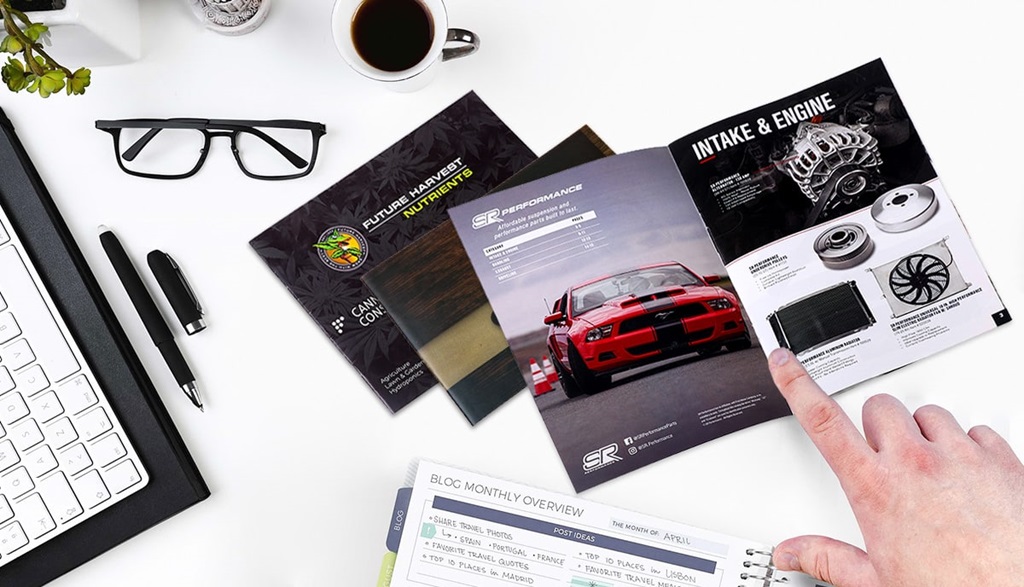In the digital age, where emails, social media, and online advertising reign supreme, one might wonder if traditional marketing methods still hold any sway. The answer is yes, methods like direct mail postcards remain a powerful tool for businesses to engage with customers. But what exactly drives customer response when it comes to these little pieces of printed marketing material- This article dives into the psychology of these postcards and discovers the secrets behind their effectiveness.
The Visual Impact:
Direct mail postcards have a distinct advantage when it comes to catching the eye. Their physical presence stands out amid the clutter of emails and digital ads. The human brain is wired to notice tangible objects, and postcards play into this natural inclination.
When a colorful and well-designed postcard arrives in the mailbox, it often demands attention. The visual impact of the postcard can pique curiosity, making the recipient more likely to engage with its content.
Personalization:
One of the keys to effective postcards is personalization. When recipients see their names or other personalized details on the postcard, it creates a sense of connection and relevance. People are more likely to respond positively when they feel that a piece of marketing material is tailored specifically to them.
Personalization can extend beyond just the recipient’s name. Businesses can also use data to customize the content of the postcard to match the recipient’s interests and preferences. This level of personalization can significantly boost response rates.
The Power of Storytelling:
Direct mail postcards that tell a compelling story are more likely to engage customers. Storytelling taps into the emotional side of the brain, creating a connection between the recipient and the brand. When people feel emotionally connected to a brand or product, they are more inclined to take action.
Businesses can use postcards to share success stories, customer testimonials, or narratives that illustrate the benefits of their products or services. By doing so, they can evoke emotions that drive customer response.
Clear Call to Action: Guiding the Next Step
No matter how visually appealing or personalized a direct mail postcard is, it won’t be effective without a clear and compelling call to action (CTA). The CTA tells the recipient what they should do next, whether it’s visiting a website, making a purchase, or requesting more information.
A well-crafted CTA should be concise, action-oriented, and easy to follow. It should leave no room for ambiguity, making it simple for recipients to take the desired action.
Timing Is Everything:
The timing of a direct mail postcard can significantly influence customer response. Businesses often use tactics like limited-time offers or seasonal promotions to create a sense of urgency. When recipients feel that they must act quickly to take advantage of a special deal, they are more likely to respond promptly.
Timing can also be related to the recipient’s life events. For example, sending a postcard with baby products to new parents or retirement planning information to soon-to-be retirees can be incredibly effective.
Consistency and Frequency:
Direct mail postcards shouldn’t be a one-off effort. Consistency and frequency play a vital role in maintaining customer engagement. Sending regular postcards keeps the brand top of mind and reinforces the relationship between the customer and the business.
However, it’s essential to strike a balance. Overwhelming recipients with too many postcards can lead to annoyance, so businesses should carefully plan their mailing schedules.
Conclusion:
In the world of marketing, direct mail postcards remain a potent tool for driving customer response. Their ability to catch the eye, personalize content, tell compelling stories, and guide recipients with clear calls to action makes them a valuable asset. By understanding the psychology behind what drives customer response, businesses can create effective direct mail postcard campaigns that connect with their audience on a personal level and yield impressive results in an increasingly digital world. So, the next time you consider your marketing strategy, don’t underestimate the power of a well-crafted postcard in your customer engagement arsenal.







